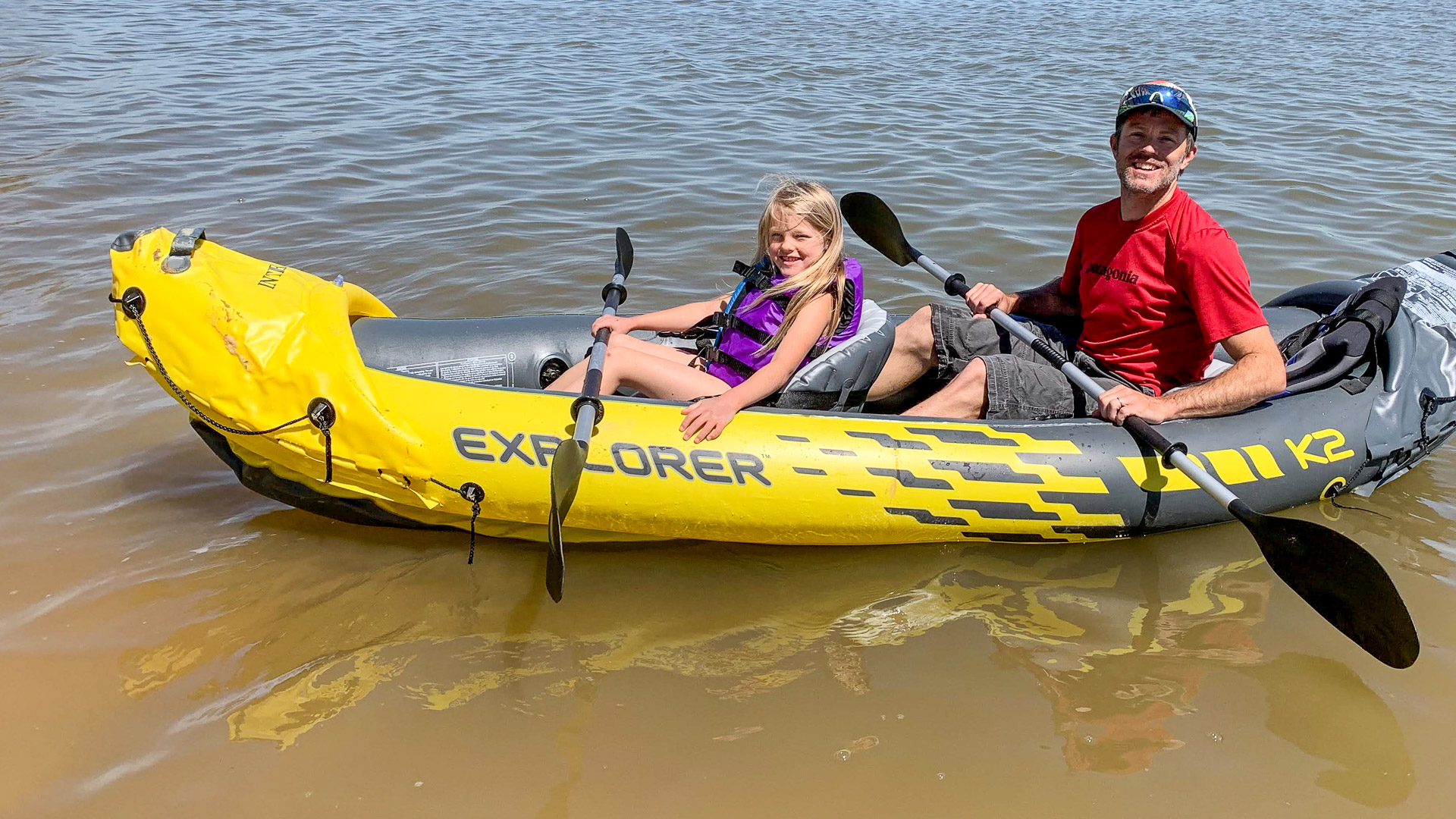
According to the CDC, drowning is the leading cause of death of children in the United States. Fatal drowning is the second-leading cause of unintentional injury death, behind motor vehicle crashes, for children ages 1 to 14.
Lack of supervision, not wearing life jackets, an inability to swim, not knowing what to do in an emergency and the use of drugs and alcohol are all large factors in the safety of both adults and children in open water. Here are some simple tips to ensure a trip to the water is both safe and fun.

Play By The Rules
Rules and regulations for open water will vary and will be different for each state, county and locality, and may be specific to the body of water. Regulations often dictate where it is safe to swim, where you can paddle, what the wake and wake-free zones are and other safety-management tools. You may not be allowed to enter the water at all due to health risks, including bacteria or because the area’s water is a drinking-water source.
Be sure you know the rules for each body of water before you even get wet. If you aren’t sure of the ins and outs, refer to a veteran, lifeguard or knowledgeable person, especially when it comes to etiquette. “When you are learning a new sport, on the water especially, it’s so critical to ask veterans around you if you don’t know,” said Timmy Dow, U.S. Coast Guard 100 Ton Master and an ISAF Category 3 Competitor Sailor.
While the idea of a drink while on the water sounds heavenly, alcohol is one of
the leading contributors to unintentional drowning. It leads to impairment of balance, coordination and judgment. In fact, the CDC states that among adolescents and adults, alcohol use is involved in up to 70% of deaths associated with water recreation. Many water recreation areas have laws against alcohol. “All these activities are so much fun. Enjoying the ocean, lakes and rivers of our world is a gift,” said Dow. “Exploring beyond the horizon is a skill that requires above-average attention. Booze shouldn’t be part of it until you get back on land. Many people get into trouble in what should have been a routine day on the water from being impaired. Common sense should dictate all these points in the end.”

Be Weather Aware
Before heading out for a day on the water, check the weather forecast. Be aware of the water temperature and dress appropriately for both the water and outside temperatures. Without exception, there should be no water activities when thunder or lightning has been heard or seen within the last 30 minutes. This includes staying 100 feet away from the water’s edge.
A basic understanding of wind direction, intensity, etc., and its effect on water is a huge component of being weather aware. “I see so many boaters, kayakers and SUP people oblivious to the range of tides and current,” said Dow. “This is critical to understand, especially in a human-powered vehicle. Have an exit strategy. When in doubt, get out!”

Buddy Up
Never swim alone. Buddy up with a friend or family member whenever you get in the water. Children should stay within arm’s reach of an adult. A good ratio is one adult per child, especially when the children aren’t proficient swimmers. “Things happen fast. More eyes equals safer times,” said Dow.
It is also important to have a water watcher. A watcher is essential at a crowded beach or waterfront, especially if there is no lifeguard. The water watcher should watch from shore to make sure everyone stays safe in the water. “On offshore racing boats, we have ‘Watch Mates,’” said Dow. “You are responsible for that person’s life, essentially — keeping eyes on them whenever they are on deck, making sure that they have their PFD and tether on and that they are not in any dangerous positions on the boat.”

Keep An Eye Out For Hazards
From rocks and logs to sandbars and riptides, there are so many variables when it comes to staying safe in open water. It takes time and effort to acquire the knowledge to be able to handle difficulties or hazards that arise when it comes to wind, weather, currents and more. “Water is a dynamic environment to say the least,” said Dow. “Open water is that tenfold. It’s on the user to investigate and educate themselves BEFORE entering this arena.”
Along with keeping an eye out for hazards, an understanding of the abilities of everyone enjoying a day on the water is important to grasp. “If you go to a beach with surf, it’s important to understand your own abilities before entering water that may have a rip current, heavy surf, undertow, etc.,” said Dow. “The same goes for river activities with faster flow, rocks and the endemic hazards associated with it.”

Wear A PFD
There is an average of 11 drowning deaths per day every year, according to the CDC. Most of those deaths occur in children, and over half can be prevented just by wearing a personal flotation device. “This should speak for itself, but sadly, it doesn’t. I can cite literally dozens of cases of people I have known personally as a professional sailor and captain who would have still been alive today had they heeded this advice,” said Dow. “With new technology, there is no excuse anymore. They are comfortable and unobtrusive, whether you choose one for kayaking, SUP, boating or water skiing.”

Know What To Do In A Water Emergency
Have a safety meeting before anyone enters the water. Go over your rules and expectations and any rules for that specific body of water. Tell and show your children where it is safe to play and swim. If you are headed out in the water yourself, make sure someone knows your plan.
If a water emergency does occur, it is good for everyone to know what to do. Children should understand to look for a lifeguard or adult if they need help. Adults should know basic lifesaving skills and CPR. “While I am a huge proponent of you being able to rescue yourself, the sad truth is most people can’t. Carry a whistle (standard on many PFDs), a cellphone, PLB (personal locator beacon) — some way to call for the troops if you are in trouble. A backup gets you back out,” stresses Dow.

Take Breaks
Swimming and water play expend large amounts of energy, especially on hot days. On average, taking a break every 15 to 30 minutes of water time is recommended. Break time should be determined by conditions and personal abilities. “Hydration and nutrition are a piece of this, too,” added Dow. “People get the equivalent of ‘powder fever’ in the water and play, surf, scuba dive, and kayak too long without thinking to pause and reapply sunscreen, eat and drink. High-intensity, fun activities are still high intensity.”





